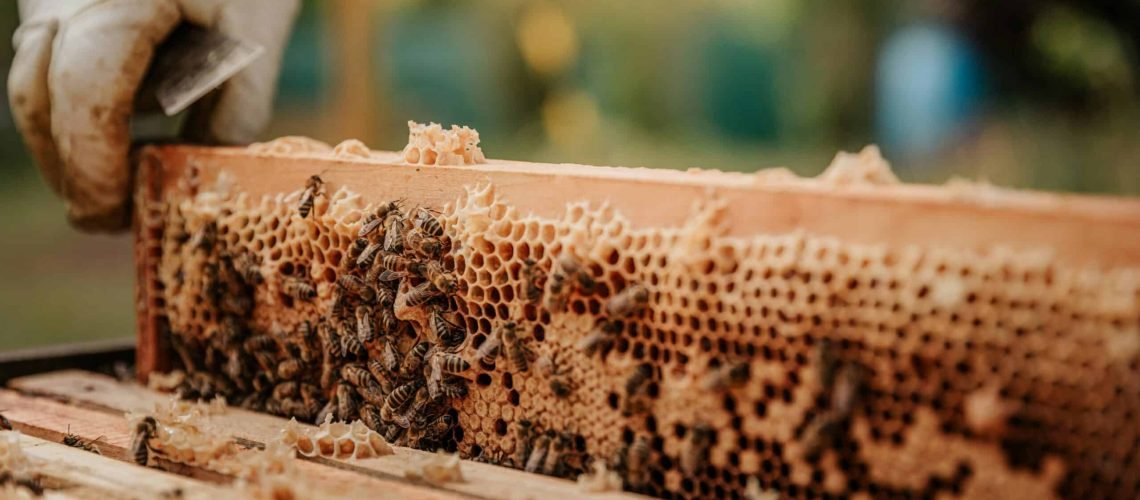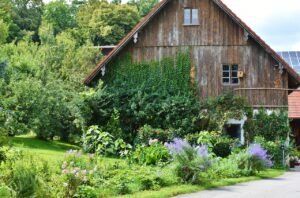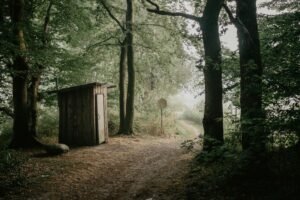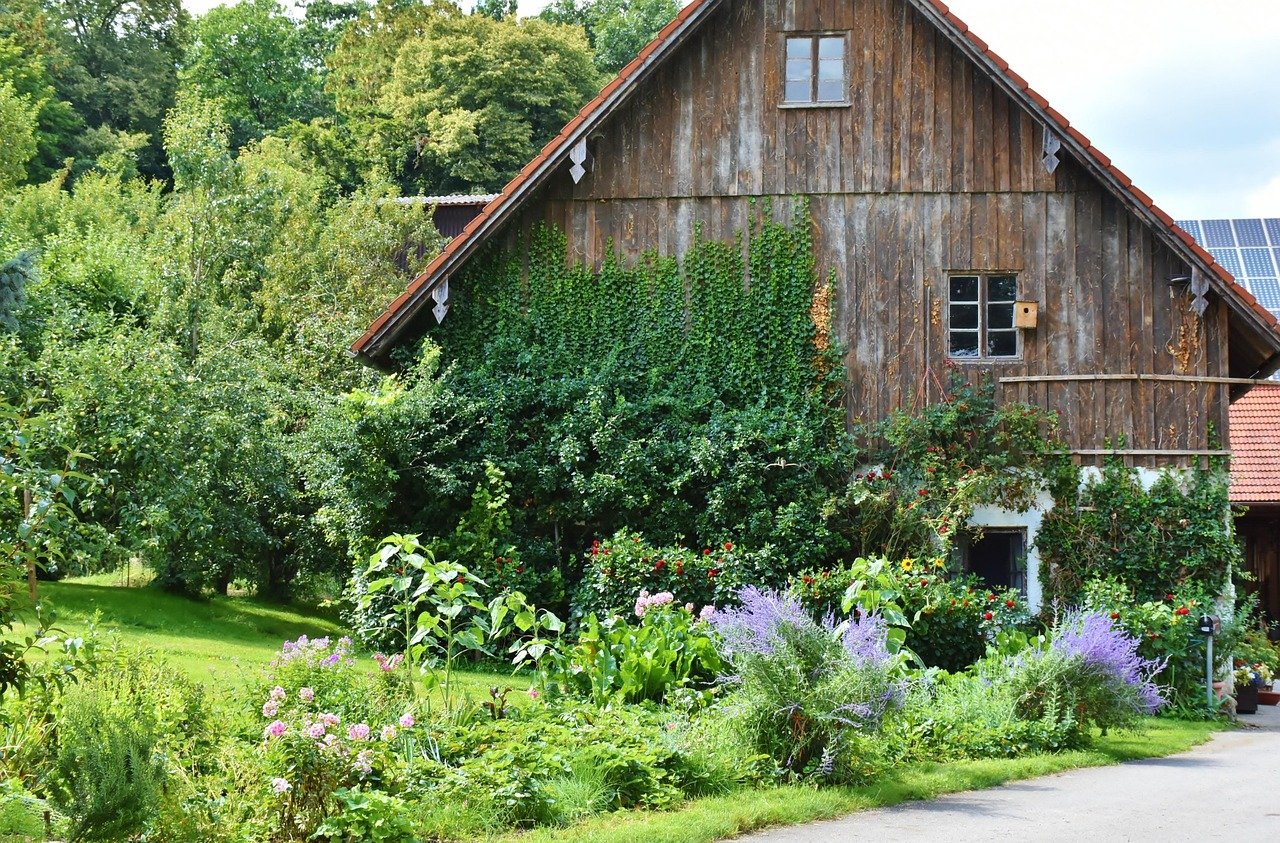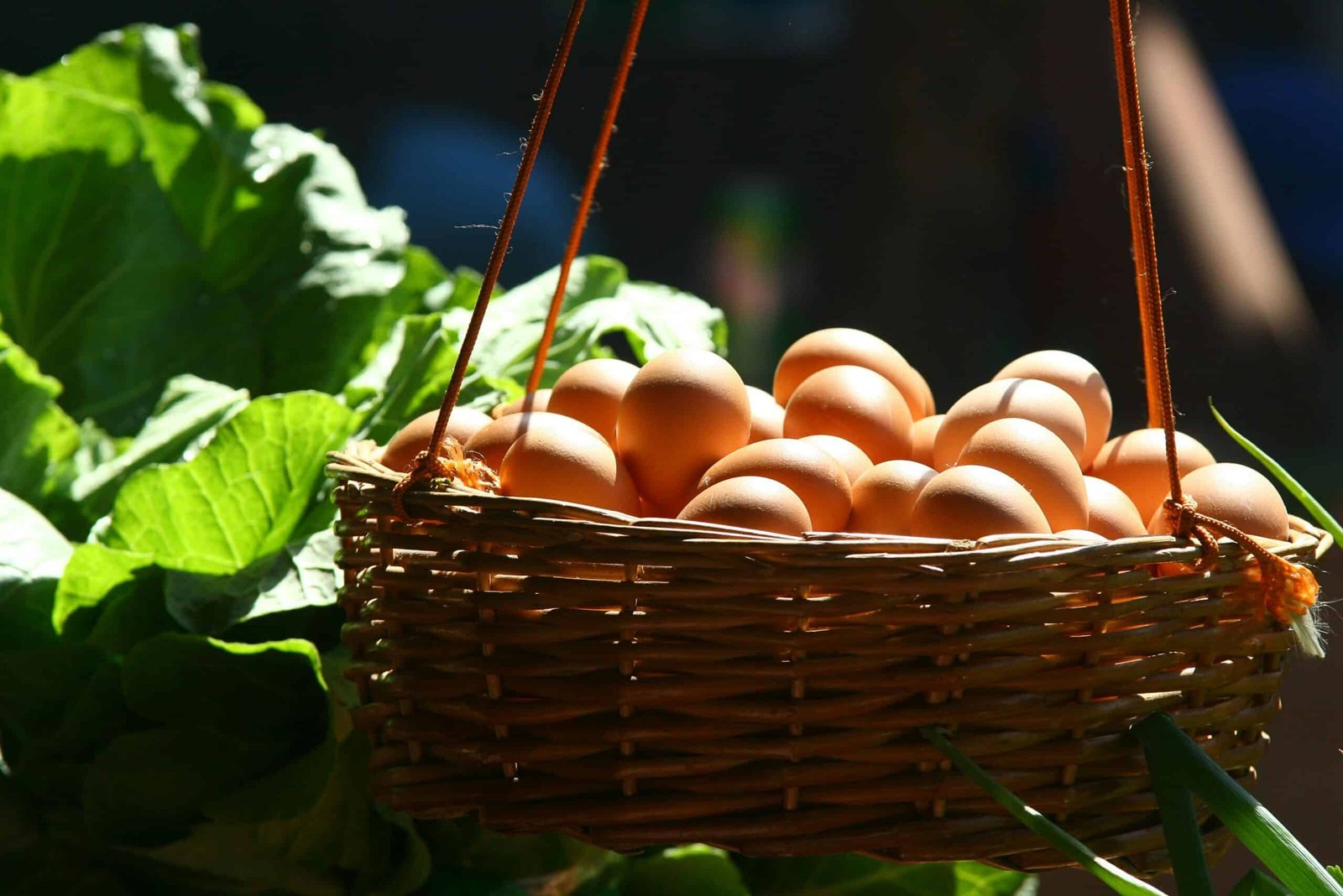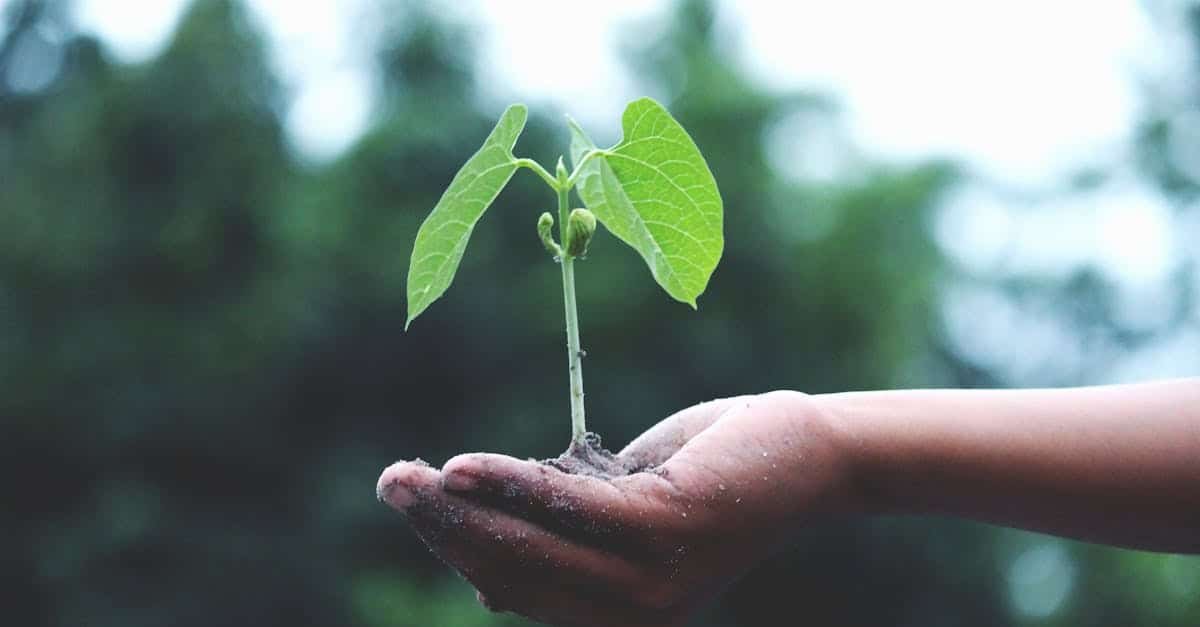Did you know a single bee colony can pollinate an astonishing 30 million flowers each day? Backyard beekeeping offers an incredible opportunity to harvest your own golden honey while supporting essential pollinators. With global bee populations declining at an alarming rate, starting your own backyard beekeeping hobby provides a sustainable solution that benefits both the environment and your household.
This comprehensive backyard beekeeping guide walks you through everything from understanding honeybee basics to harvesting your first sweet honey crop. Whether you’re looking to support local ecosystems, enjoy a fascinating hobby, or produce delicious homegrown honey, this beginner-friendly guide has you covered – no prior experience necessary!
Understanding Backyard Beekeeping: Essential Knowledge for Beginners
The Fascinating Honeybee Colony Structure
A honeybee colony represents one of nature’s most complex and highly organized societies. Each colony consists of three distinct castes working in perfect harmony:
- The Queen Bee: The heart of the colony, she lays up to 2,000 eggs daily! Larger than other bees, she typically lives 1-2 years, though some queens survive longer.
- Worker Bees: These female bees constitute the vast majority of the colony (tens of thousands). They perform all essential tasks: foraging for nectar and pollen, building honeycomb, caring for young bees, cleaning the hive, guarding the entrance, and regulating temperature. Their lifespan varies from weeks during busy summer months to several months in winter.
- Drones: These male bees exist solely to mate with the queen. They lack stingers and don’t contribute to hive work. Present primarily during spring and summer, drones are typically expelled from the hive during fall as resources become scarce.
Honeybee Biology: Understanding Bee Lifecycles
- Honey Production Process: Worker bees collect flower nectar, which undergoes enzymatic breakdown in their specialized “honey stomach.” Back at the hive, the nectar is passed between worker bees for further processing. Through wing-fanned evaporation, the water content reduces significantly. Finally, the processed nectar is stored in honeycomb cells and sealed with wax, completing its transformation into honey.
- Pollination Science: As bees collect nectar and pollen, they inadvertently transfer pollen between flowers, facilitating plant fertilization. This critical process enables plants to produce seeds and fruits. Honeybees rank among nature’s most efficient pollinators, making them vital for agricultural crops and wild plant populations.
- Bee Development Stages: Honeybees progress through four distinct life stages: egg, larva, pupa, and adult. After the queen deposits an egg in a cell, it hatches into a larva that receives intensive feeding from worker bees. The growing larva molts multiple times before spinning a cocoon and entering the pupal stage, from which an adult bee eventually emerges.
Essential Beekeeping Terminology for Beginners
- Hive: The constructed housing structure containing the bee colony.
- Frames: Removable wooden or plastic structures within the hive that support the honeycomb.
- Supers: Additional boxes placed atop the main hive body to provide extra honey storage space.
- Smoker: An essential tool producing cool smoke that calms bees during hive inspections.
- Queen Excluder: A specialized grid placed between the brood chamber and honey supers, preventing the queen from laying eggs in honey storage areas.
- Nectar Flow: Seasonal periods when abundant nectar sources become available, resulting in increased honey production.
- Brood: The collective term for developing bees (eggs, larvae, and pupae).
Time Commitment and Realistic Expectations for New Beekeepers
Successful backyard beekeeping requires consistent commitment. Plan to dedicate 1-2 hours weekly for basic hive management during the active season (spring through fall), with additional time needed during critical periods like honey harvesting or swarm prevention. Beginning beekeepers should recognize the learning curve involved and understand that continuous education is essential for success. Focus on colony health rather than honey production during your first year, as establishing a thriving hive takes precedence over harvesting large honey quantities.
Planning Your Backyard Beekeeping Setup: Essential Preparations
Education: The Foundation of Successful Beekeeping
“Before acquiring bees, invest substantial time in comprehensive learning.”
- Local Beekeeping Associations: This represents your most valuable resource. Joining a local beekeeping association provides access to experienced mentors, educational workshops, and supportive community networks. Search online for “[Your State/Region] Beekeeping Association” to find opportunities near you.
- Mentorship Opportunities: Finding an experienced beekeeper willing to mentor you provides invaluable hands-on guidance. Mentors can demonstrate proper techniques and answer your specific questions as they arise.
- Recommended Reading: “Beekeeping for Dummies,” “The Backyard Beekeeper,” and “The Beekeeper’s Handbook” offer excellent foundational knowledge for beginning beekeepers.
- Online Educational Resources: Look for courses and webinars offered by reputable universities or established beekeeping organizations. Exercise caution with unverified information sources.
Legal Considerations and Community Relations for Urban Beekeeping
Local Regulations: Research local ordinances thoroughly before starting your backyard beekeeping journey. Check city, county, and homeowner’s association (HOA) regulations regarding beekeeping. Many areas impose restrictions on hive numbers, placement requirements, or may prohibit beekeeping entirely.
Neighborhood Relations: Proactively discuss your beekeeping plans with neighbors, addressing potential concerns about stings or allergies. Consider offering honey gifts once your hive produces surplus. Open communication prevents misunderstandings and builds community support for your backyard beekeeping endeavor.
Selecting the Optimal Hive Location for Healthy Bees
- Sunlight Exposure: Position your hive to receive morning sunlight with afternoon shade, especially in warmer climates. This natural light/shade balance helps maintain optimal hive temperatures.
- Water Accessibility: Bees require consistent water access. Provide a shallow water dish with pebbles or floating materials that allow bees to land safely without drowning risk.
- Wind Protection: Establish windbreaks (fences, hedges, or trees) to shield hives from strong winds that hamper bee flight and potentially chill the colony during winter months.
- Convenient Access: Select locations permitting comfortable inspections and maintenance. Remember you’ll need to lift and manipulate potentially heavy hive boxes regularly.
- Flight Path Management: Orient hive entrances away from high-traffic areas like walkways, patios, or neighboring properties to minimize potential conflicts.
- Available Foraging Area: Honeybees typically forage within a 2-3 mile radius. Diverse flowering plants throughout the growing season provide optimal nutrition for your colony.
Essential Equipment and Bee Acquisition for Backyard Beekeeping
Choosing the Right Beehive Type for Beginners
- Langstroth Hive: The most common and beginner-friendly hive design, featuring stackable boxes with removable frames.
- Advantages: Widely available equipment, standardized parts, versatile design, allows easy inspection and expansion as needed.
- Disadvantages: Requires lifting potentially heavy boxes during inspections and honey harvesting.
- Top-Bar Hive: A horizontal hive design where bees construct comb naturally on bars without frames.
- Advantages: More natural beekeeping approach with less colony disruption during inspections.
- Disadvantages: Steeper learning curve for beginners, typically produces less honey, and comb can break easily during inspections.
- Warre Hive: Similar to top-bar designs but with smaller boxes stacked vertically.
- Advantages: More closely mimics natural tree cavities, requires less frequent intervention.
- Disadvantages: Less common design means fewer resources available; can present management challenges for beginners.
- Flow Hive: A modified Langstroth hive with specialized honey extraction technology. While offering convenient harvesting, these hives are generally better suited for experienced beekeepers and still require regular inspections. Consider this option after gaining foundational experience.
Recommendation for Beginners: The Langstroth hive represents the best starting option due to its user-friendly design, widespread availability of parts, and abundant educational resources.
Sourcing Healthy Honeybees for Your Backyard Apiary
- Package Bees: A screened container holding a queen and several thousand worker bees.
- Advantages: Widely available during spring, relatively affordable for beginners.
- Considerations: Since these bees aren’t related initially, the queen may require time to be accepted. Follow supplier instructions carefully during installation.
- Nucleus Colonies (Nucs): A small, established colony including a laying queen, worker bees, and drawn comb with brood.
- Advantages: Offers a faster start since the colony is already functioning cooperatively.
- Considerations: More expensive than packages and may have limited seasonal availability.
- Swarms: Not recommended for beginners. While capturing wild swarms may seem appealing and economical, this approach is best left to experienced beekeepers. Swarms present unpredictable behaviors and unknown health status that create unnecessary challenges for new beekeepers.
- Selecting Reputable Suppliers: Source your honeybees from established local suppliers or breeders. This practice helps ensure healthy, disease-free bees while supporting your local beekeeping community. Request recommendations from your local beekeeping association for trusted suppliers.
Ready to embark on your backyard beekeeping adventure? With proper preparation, education, and equipment, you’ll be well on your way to enjoying the rewards of sustainable honey production while supporting essential pollinators in your local ecosystem. Remember that beekeeping is both a science and an art—patience, observation, and continuous learning will make your journey into backyard beekeeping both successful and deeply satisfying.

